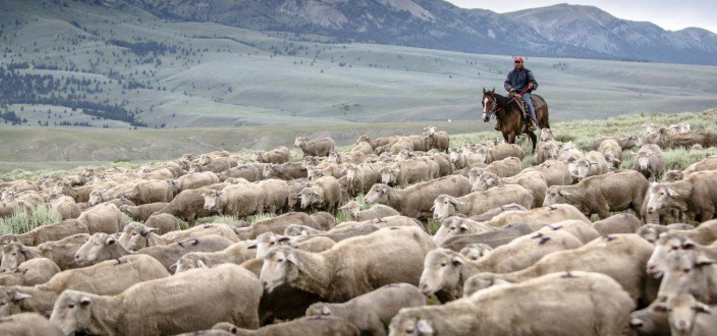The Game Changing Effect of Filling In Supply Chain Gaps
The Reshoring Initiative is calling on companies to identify and report on significant supply chain improvements and deficiencies that they are experiencing.
The United States used to be the world’s greatest industrial powerhouse. However, over the past several decades the dramatic shift of manufacturing to developing countries, i.e. offshoring, has left major gaps in the U.S. supply chain ecosystem. Total cost analysis is demonstrating that low offshore wages are increasingly offset by dozens of hidden costs. American companies are subsequently sourcing more locally because it makes good economic sense. But as they reshore, companies and whole industries are finding that they must re-establish less than robust U.S. supply chains by filling in the gaps.One Example - U.S. Wool Companies are Reshoring and Driving the Supply Chain Back Home
The wool industry is one example of a damaged ecosystem that has recovered. Once subject to a long supply chain of raw materials from New Zealand, processing in China, and selling in the US, the wool industry has essentially done a 180. As reported in The Resurrection of the American Wool Industry, the American Sheep Industry spent $800,000 to bring superwash machinery—a treatment that prevents wool from shrinking—to South Carolina. The impetus of this decision came from the strengthening of Berry Amendment, which required military goods to be sourced domestically. “The amendment says that textile products have to be all-American, from the wool to the buttons. You used to be able to send wool overseas for processing, but the amendment has gotten stricter, so that's no longer the case.”
Breakthrough for American Sourced WoolRobert Bernthal, founder of Duckworth, a Montana-based wool company that’s a leader in advocating for American-sourced wool, wanted every stage of the process to take place in the U.S. He and co-founder Graham Stewart partnered with rancher John Helle, an expert in sheep genetics, and now the company has some 12,000 sheep that graze on the 25,000-acre Helle Ranch outside of Dillon, Montana. Another example comes from Born in the USA, (thanks Outside magazine!)- the apparel company Ibex, who sources some of their wool from the Lehfeldt family ranch in Lavina, Montana
Not Easy, But Not ImpossibleThe recovery of the U.S. wool industry and supply chain required a number of changes to be made, including bringing in new technology, a government mandate, advances from genetics, and innovation in wool end-products (see Smartwool.) In this case, a few U.S. companies were able to make big advances in bringing the entire spectrum of the wool industry back to the U.S., from raising sheep to processing the wool to sewing the finished apparel.
A Call to Action
The Reshoring Initiative is calling on all manufacturers for more examples of new technology, infrastructure, knowledge or skills that have had a game changing effect on filling the gaps in their supply chain network. We are also interested in unfilled gaps impacting your business. Contact us at harry.moser@reshorenow.org to share your story.

